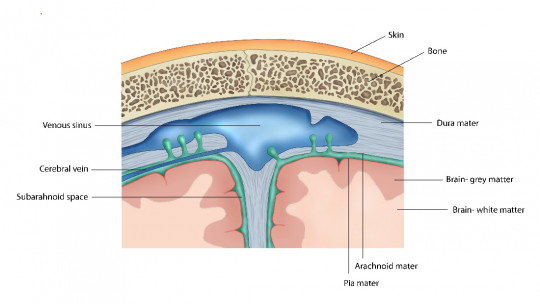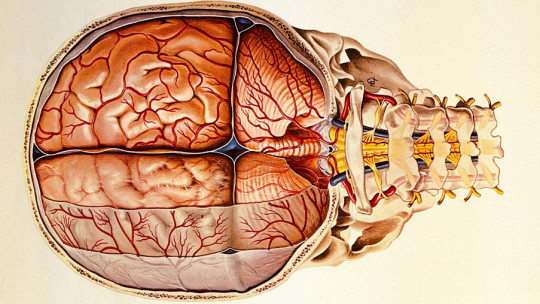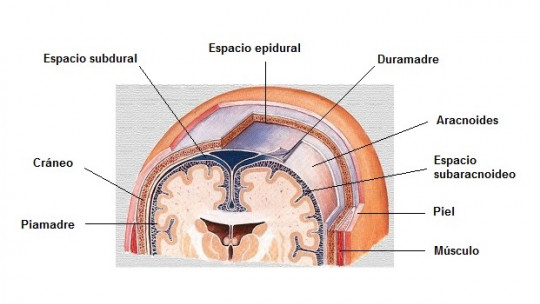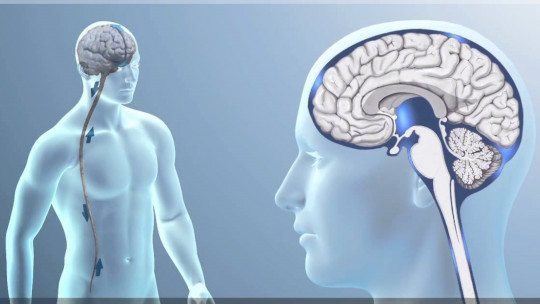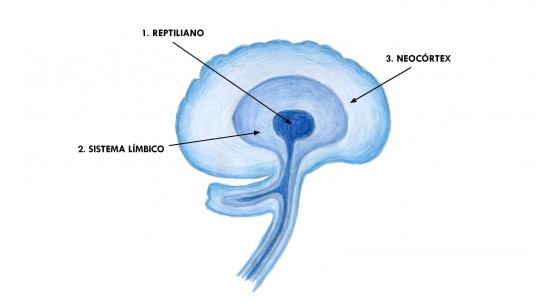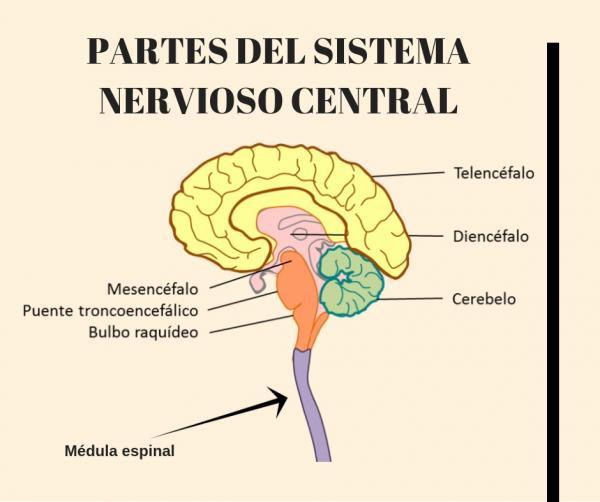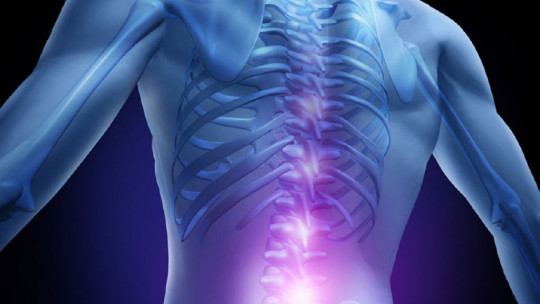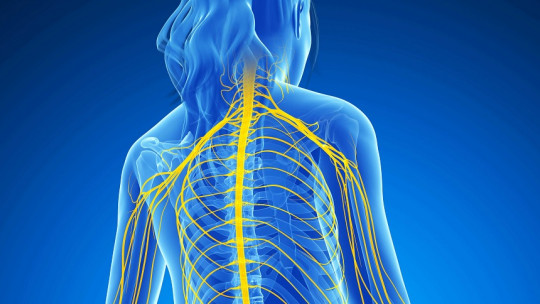
When we talk about the human nervous system, which includes the brain, we often forget that this set of anatomical structures could not function well without many other parts of the body associated with it. Specifically, both our brain and spinal cord depend on the protection of a series of protective layers known as meninges.
In this article we will see What is one of these layers of the meninges like, the so-called pia mater?, and what functions it performs in our body. But first, let’s briefly review what exactly the meninges are.
The meninges: definition
The meninges are a series of tissues that cover the central nervous system, offering both protection and support for the circulatory system to deliver blood to many of the areas occupied by neurons and glial cells.
Furthermore, as we will see, the meninges also They serve to produce cerebrospinal fluid which fills various spaces in the central nervous system and also fulfills a protective and supportive function for this part of the body (for example, leaving a space between the brain and hard parts that it can collide with).
On the other hand, the meninges are not a homogeneous structure, but are divided into several layers, each with its own properties and different consistency. They are made up of three membranes, placed one on top of the other. It is, from top to bottom, the dura mater, the arachnoid mater and the pia mater
What is the pia mater?
As we have seen, the pia mater is the deepest layer of the meninges, which means that it is the one furthest from the bones of the skull and scalp.
On the other hand, The pia mater is very thin and has the consistency of a flexible mesh which means, for example, that the grooves and fissures of the cerebral cortex it covers are insinuated on its surface.
This is because it creates a suitable medium for the ducts that will transport blood to the cells of the brain and spinal cord to pass through it. Furthermore, since it is so thin, it can adhere well to the contour of the brain.
Guys
It is possible to differentiate between two types of pia mater: cranial and spinal
spinal pia mater
The spinal pia mater is responsible for enveloping the entire spinal cord from top to bottom.
Cranial pia mater
Although its composition is almost identical to the previous one, its functions are better suited to the morphological characteristics of the brain.
Features
Among the main functions of the pia mater are the following.
1. Irrigation of the nervous system
The pia mater is responsible for providing physical support for the veins, arteries and capillaries that pass from the external environment to irrigate the tissues of the central nervous system. Thus, in its presence, neurons and glial cells can survive. thanks to the combination of oxygen and nutrients that reach them through the blood
2. Generation of cerebrospinal fluid
Of the pia mater choroidal tissues emerge which in turn germinate the choroid plexuses, places where cerebrospinal fluid is secreted.
3. A mold for the spinal cord
The consistency and shape of the spinal cord make it this anatomical structure is prone to deformation However, the pia mater helps prevent this from happening, since it ensures that everything stays in place and, at the same time, due to its function as a mold, it also prevents it from elongating due to gravity.
4. Create a filter
In a similar way to the blood-brain barrier, the pia mater also serves to try to prevent certain particles and unwanted substances from coming into contact with the neurons and glial cells of the central nervous system. But This protection is more quantitative than qualitative since by itself the pia mater does not perfectly block the passage of specific elements, but rather limits their diffusion.
5. Leave a space between the circulatory system and the nervous system
The pia mater is permeable, but at the same time it is dense enough to create a separation between the nervous system and the blood vessels. This means that certain proteins and particles can cross between both media, ascending or descending from or towards the subarachnoid space.
6. Sensory function associated with pain
The central nervous system does not have pain sensors (nociceptors), but the pia mater is in contact with them. That does that certain accidents such as herniated discs generate pain allowing us to know that there is something in our body that is malfunctioning.
- You may be interested: “Nociceptors (pain receptors): definition and types”
Associated disorders
The main diseases that affect the pia mater are those that end up resulting in inflammation, which in this case is called meningitis This health problem associated with the pia mater and arachnoid mater can be caused by certain bacteria, viruses and fungi, sometimes after suffering an injury to the area.
On the other hand, both the arachnoid and the pia mater and the dura mater can be the place where a blockage of the blood vessels occurs, causing ischemic accidents and aneurysms of different severity.
- Related article: “Meningitis: causes, symptoms, treatment and prognosis”

